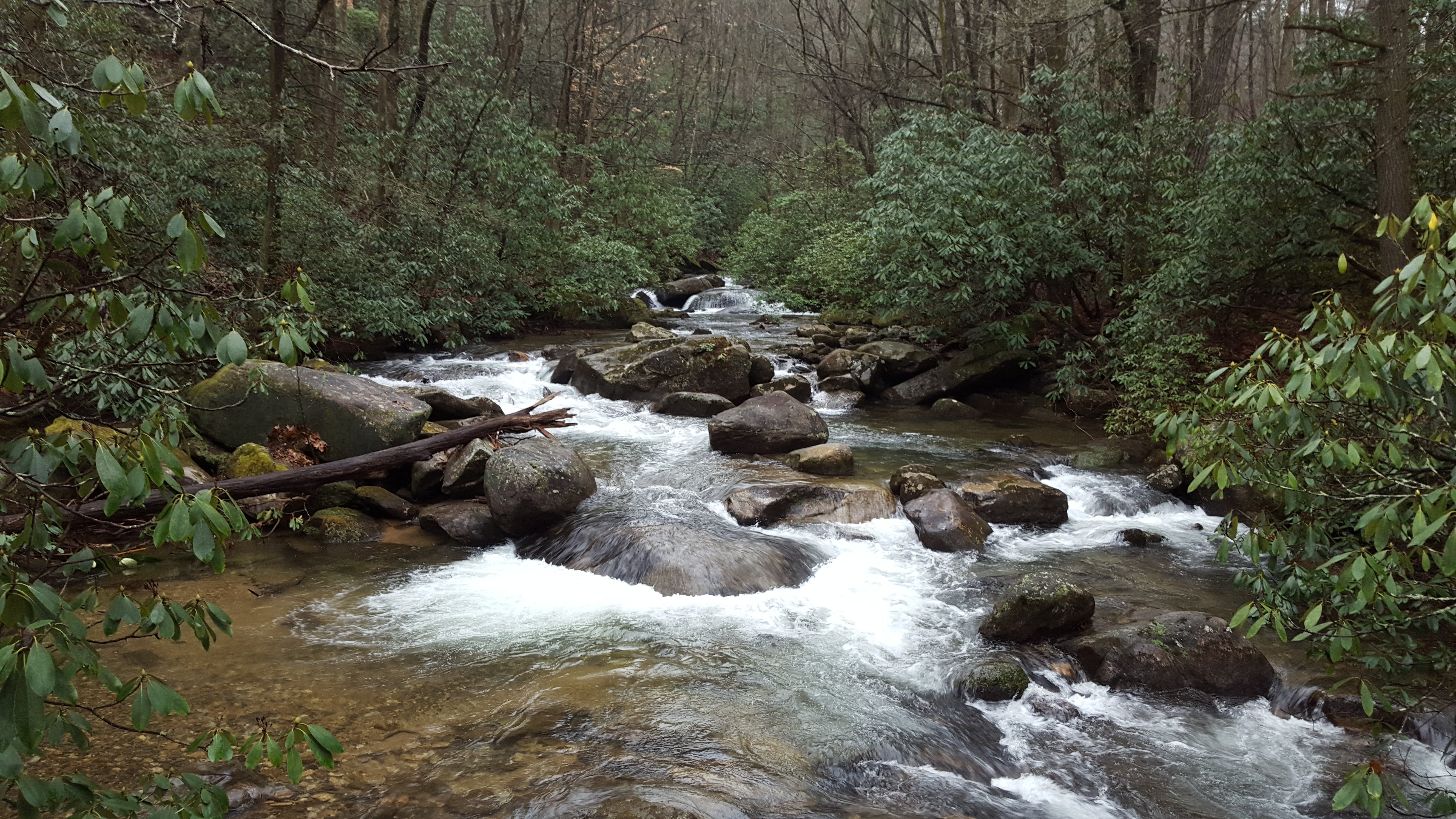-
Posts
10,406 -
Joined
-
Last visited
Content Type
Profiles
Forums
Gallery
Events
Everything posted by ccoyle
-
I always like seeing something off the beaten path. Some impressive scratch-building chops shown there, too!
- 7 replies
-
- fantessy
- canal boat
-
(and 1 more)
Tagged with:
-

Interesting new model ship company
ccoyle replied to Erebus and Terror's topic in Wood ship model kits
I think there may be a teensy problem with the Google-translated page, since I'm pretty sure the French never had a ship named "La Clone." -
If you absolutely have to break the "go simple" rule of thumb, then Snake is not the worst violation you could come up with. It's a pretty straightforward design as far as three-masters go, and the lack of fancy ornamentation simplifies things. Cheers!
-
It looks very kit-like, but definitely not a scale that any of the current Vasa offerings is made in. Judging from its apparent age, perhaps it is an obscure kit that most of us are unaware of?
-
Yes, please do post a build log. There are not too many logs for Bluejacket models on the site, nor are there a great many steel-hulled naval vessels, so your model would be a welcome addition. As I posted in another thread recently, I had a distant cousin aboard the Samuel B Roberts, so I have a bit of interest in the type. I look forward to watching your further progress. Regards,
-

Wren by amateur - FINISHED - 1:1- CARD
ccoyle replied to amateur's topic in Non-ship/categorised builds
When I started out in card, I did quite a few card model fish, various species of trout drawn up by a gentleman in Japan. They were actually very good likenesses. Lots of subject matter available in the card world! -
Sad story, Piet, but also a fascinating one. I look forward to additional installments.
- 378 replies
-
- java
- pacific crossroads
-
(and 2 more)
Tagged with:
-
Welcome to the Fly fraternity! This is a great model. Someday I will finish mine (started in 2006). Between the kit drawings and those in TFFM, I don't think you'll need the original plans. They're also quite expensive. Best of luck, and enjoy the journey!
- 110 replies
-
Witaj! Ta strona wymaga ogłoszenia w języku angielskim. Nie musisz się martwić, że język jest idealny. Tłumacz internetowy wykona to zadanie w odpowiedni sposób.
- 146 replies
-
- deagostini
- vasa
-
(and 1 more)
Tagged with:
-
It's great to see dormant projects resurrected.
-
Never fear, Jan. I have not come across any card model yet that didn't require some amount of "fixing" to get it right. This is just part of the required (and thus necessarily acquired as well) skill set.
- 64 replies
-
- v108
- digital navy
-
(and 2 more)
Tagged with:
-
Great to see another card model project being started! Perhaps you will be the first to finish a build log of her.
-
I think this one is legit, Carl. Young Modeler is a Korean outfit, and after checking over their website, I did not see evidence of any copyright infringement. They have a wide variety of interesting models. I didn't see the dory kit listed anywhere, though.
-
Welcome, Steve! We have a number of members here who are well-versed in metalworking techniques for models, but I can't think of any off the top of my head who have done a whole model that way. I have seen pictures of such models, though. I look forward to seeing your work. Regards,
-
Ahoy, Zuko! I wrote a brief reply to your post in the other thread. My very first plank-on-bulkhead kit was Model Shipways' Katy of Norfolk, which is essentially the same ship as your Swift. I also had read Mastini's book before building it; don't worry about not comprehending some parts -- they will make more sense after you get started. I was hesitant in the beginning, too, because I expect a lot from myself and tend to get frustrated if I don't meet my own standards (which, BTW, are not nearly as high as the standards reached by some other builders around here). I mentioned kits by Midwest Products in my other post. I built two of them before attempting Katy, and I can vouch that they are super confidence builders. Swift is a good entry-level product, but if you should still find yourself balking, and you don't mind delaying Swift for a month and parting with another $40 or so, snag one of the Midwest kits off of eBay. They will set you up nicely. I can particularly recommend the Chesapeake Bay Flattie.
-
Zuko, your concerns were pretty much addressed in every way by the old Midwest Products line of kits. They spelled out exactly what tools were needed to complete a kit, and their instructions were exhaustive. They were also classified by skill levels from 1-4. They were nearly foolproof kits. Fortunately, there's still a good number of them floating around in cyberspace in case anyone is interested. As for the rest of the "beginners" kits out there, they run the gamut from really well-designed with the beginner in mind to "you gotta be kidding me." Doing one's diligence with regards to pre-purchase research is key, and happily there are a lot more quality resources online these days (such as MSW) than there were not so long ago. The AL Swift has a good completion rate among beginning builders, so you have as good a shot as anybody at finishing it. Good luck ... and yes, it is supposed to be fun!
-

Caldercraft HMS Mars suitable for a beginner?
ccoyle replied to Kwoolf's topic in Wood ship model kits
That kit has much to recommend it. It has less rigging than many square-rigged subjects and is devoid of tricky ornamentation. It does not have the detailed instructions that a beginner might expect. HMS Badger would be better in that regard. However, while it will be a challenge, I would not say it's beyond the abilities of a determined beginner.
About us
Modelshipworld - Advancing Ship Modeling through Research
SSL Secured
Your security is important for us so this Website is SSL-Secured
NRG Mailing Address
Nautical Research Guild
237 South Lincoln Street
Westmont IL, 60559-1917
Model Ship World ® and the MSW logo are Registered Trademarks, and belong to the Nautical Research Guild (United States Patent and Trademark Office: No. 6,929,264 & No. 6,929,274, registered Dec. 20, 2022)
Helpful Links
About the NRG
If you enjoy building ship models that are historically accurate as well as beautiful, then The Nautical Research Guild (NRG) is just right for you.
The Guild is a non-profit educational organization whose mission is to “Advance Ship Modeling Through Research”. We provide support to our members in their efforts to raise the quality of their model ships.
The Nautical Research Guild has published our world-renowned quarterly magazine, The Nautical Research Journal, since 1955. The pages of the Journal are full of articles by accomplished ship modelers who show you how they create those exquisite details on their models, and by maritime historians who show you the correct details to build. The Journal is available in both print and digital editions. Go to the NRG web site (www.thenrg.org) to download a complimentary digital copy of the Journal. The NRG also publishes plan sets, books and compilations of back issues of the Journal and the former Ships in Scale and Model Ship Builder magazines.


